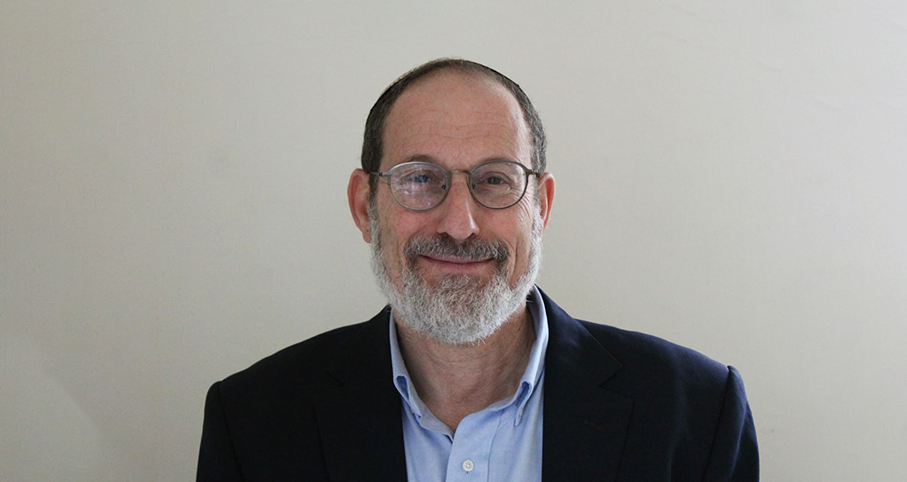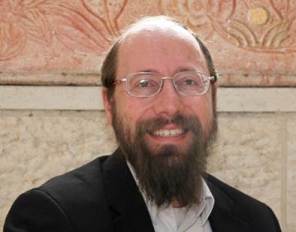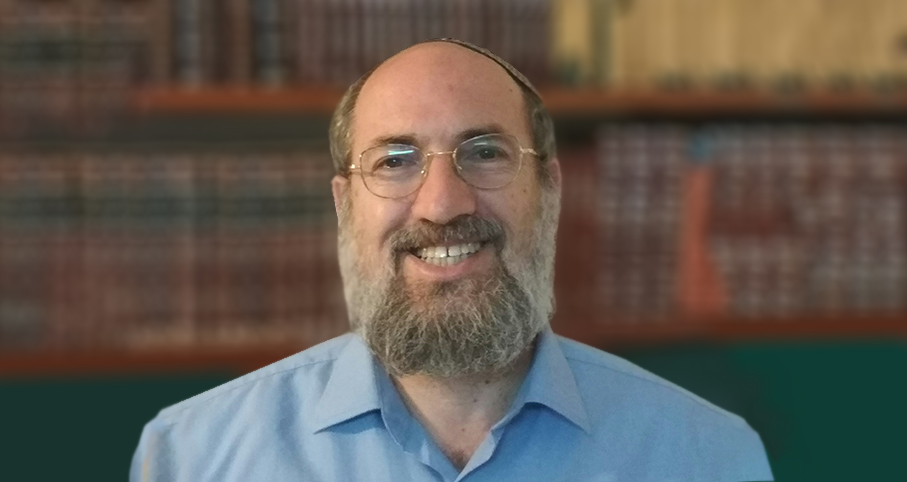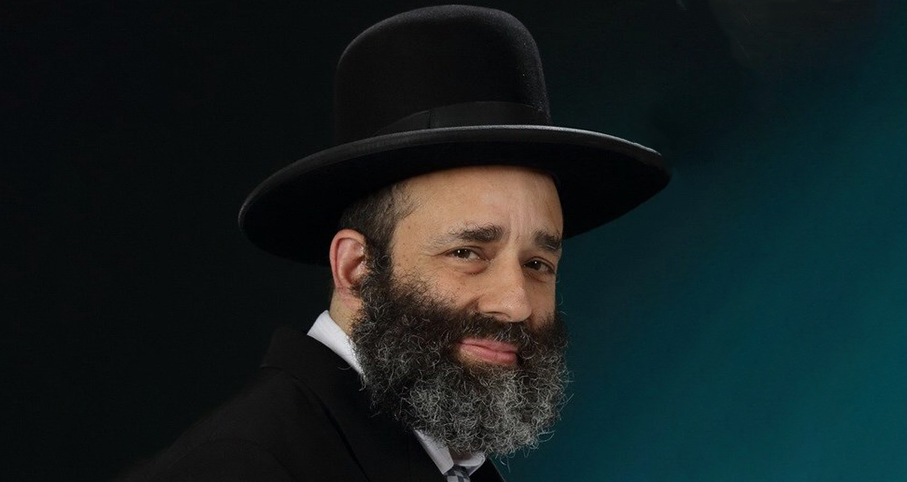Ask the Rabbi
- Halacha
- Prayer
- Times of Day and of Prayer
Question
I recently learned that in northern Alaska, it is virtually dark half the year and light half the year. On the first day that the sun rises (sometime in May), it stays in the sky for one hour and 12 minutes. Each subsequent day gets progressively longer until it remains light for 24 hours. Then sometime in August it begins getting dark for a little bit at a time until it remains dark for 24 hours. What are the halachik ramifications regarding Shabbat (light once in seven years?), Davening three times a day, and other Halachot that are related to parts of a day? What about holidays, which are related to both date and time (such as lighting Hanukka candles after dark)? What about Mikve? Would one simply follow the set times of Jerusalem or is there another solution?
Answer
This is a very complicated question, therefore when becomes practical – since there is more than one valid opinion, one should consult a rabbinic authority.
Some Poskim hold that since there is no day in the winter – all Mitzvot of the day don’t apply i.e. Tefilin, Tzitzit, Tfilah, etc. and for that reson a Jew must not live in those places, yet the days of the week do pass every 24 hours so Shabbat is in place every week. (Tshuvot VeHanhagot 315)
Some authorities hold that we follow the times of the closest place or on the meridian that do have sunrise and sunset.
Some authorities hold that we follow the time in Israel in those places. (See Drar Yatziv OC 108)
Mikveh too becomes a big problem since the above solution might be only on a rabbinic level and Mikve is Torah commandment. (ibid)

when earliest maariv without a minyan
Rabbi Yoel Lieberman | Tishrei 3, 5773

Nishmat
Rabbi Yoel Lieberman | Cheshvan 29, 5786

Netz on an airplane
Various Rabbis | Cheshvan 9, 5769





